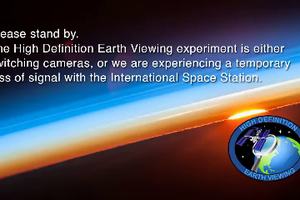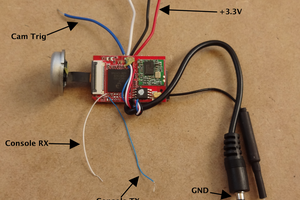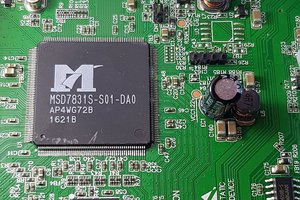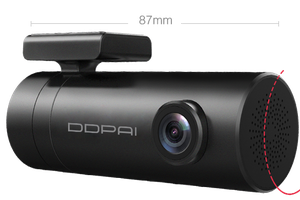All files for this project are in the dropbox link. The main "App" file is App3518 and it is in the Dropbox link. This file is also the local webserver. It is responsible to posting video data to the MeShare website. You can downlod the MeShare app for IOS and Android as well if you would like to poke around in that.
What I am hoping for is some others that want to use this camera to get involved in the reversing of the networking protocol. I am not 100% certain.. But it might make more sense to place a different "app" on the device that we write and can post all the video data straight to our server code.
Amazon sells these cameras for around $38 here:
http://www.amazon.com/gp/product/B00ZZ4HX1K
Cameras known to run the same software (perhaps different hardware)
- Zmodo ZH-IXY1D
- Zmodo ZM-SH75D0001
If you know of a Zmodo camera running the same version (or contacting the same cloud servers) leave a comment and I will add them to the list. The App3518 has the shasum of ba5fa306d519c57124f9de96a1f007f0. App3518 is the main binary that runs on these Zmodo* cameras.
 ril3y
ril3y








 Christoph
Christoph
 Dan Julio
Dan Julio

ANYKA AK3918EV300 MCU supports both h264 and h265 IBH23 camera at current there is no support at all on OpenIPC website. Anyone have any data they can share with folks would be greatly appreciated!
https://github.com/forlotto/ak3918ev300v18-zmodo-ibh23
Here is something.
Popped the camera open there is an RX and TX labeled on the board.
Even with all this info I'm a little dead in the water when it comes to development I haven't the faintest clue on how to setup what would be required to make this camera work via ONVIF or RTSP etc...
But figured I'd leave the info for those with better development skills than I.
I really wish OPENIPC and hackers would specifically target the Zmodo brand in particular.
I uncovered a few underhanded things they are doing to their customers. At the moment they are selling cameras that intentionally block the functionality of the NVR.
I've had to pay like 500bux an NVR from a guy that is a distributor he told me he could lose his ability to distribute if I post them for sale on eBay. They are trying to quietly phase out NVR's so we are collecting them from different users.
There has also been many people who have had camera updates which disabled app functionality or disabled display of video on the NVR. So they are trying to get people off of NVR's using underhanded methodologies.
I contacted them about it they stated it wasn't going on they were just focusing solely on cloud subscription services they said the only reason why cameras will not work is not because of firmware it is because of hardware now only supports h265 and is upgraded. And that is all the NVR supports.
So I looked up the chip for the cameras it supports h264 and h265 as I suspected and the NVR SOC for 4 different variations of NVR I looked up also provide the same support. So they are now selling cameras which block the use of the NVR through firmware.
We need HACKER SUPPORT on Zmodo's rear we need OPENIPC.
https://files.zmodo.com/Software%20Files/NVR%20Tools/There is some useful files for folks as well ;)